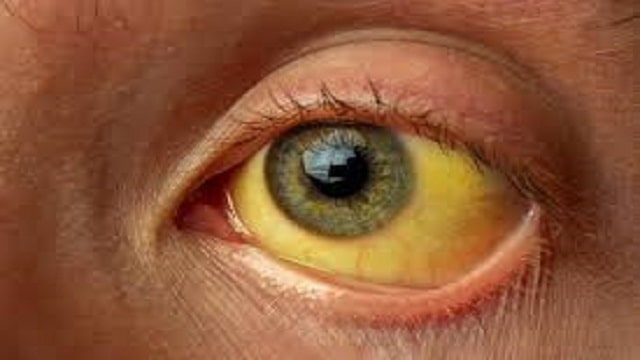Is jaundice after birth considered a normal symptom or is it something serious?
Jaundice refers to the color of the skin, sclera and urine that become yellow after birth, within a few days to a few weeks, due to an increase in the yellow pigment, bilirubin, a neonatal blood vapor. The scientific term for jaundice is hyperbilirubinemia. This is not considered normal but is understood physiologically, when it is caused by the immaturity of the hepatobiliary system of the newborn (the liver and its associated structures and their functions), which does not harm the baby, and after a few days It disappears without treatment. Jaundice is not physiological but pathological and can harm a baby and is a cause for concern. There are many causes of pathological hyperbilirubinemia.
Is neonatal jaundice a cause for concern?
Neonatal jaundice is a yellow discoloration of the baby’s skin and the white part of the eyes, known as the sclera. This indicates that there is too much bilirubin in the blood. Bilirubin is one of the products formed after old red blood cells break down in the body and are expelled by the body through stool and urine.
Jaundice in a newborn baby is usually seen within the first week after birth and usually goes away on its own. Still, jaundice is something that should be taken seriously if it is pathological, and if left untreated, it can enter the baby’s brain, depositing itself in certain sensitive areas there. and can cause a condition called kernicterus, which can cause lifelong disability.
What causes jaundice in newborns?
Jaundice occurs in newborn babies because the body is unable to adequately eliminate bilirubin produced by the breakdown of mature red blood cells. During pregnancy, the body removes bilirubin from your baby through the placenta. After your baby is born, he or she needs to eliminate this bilirubin through processing by the spleen, liver, and intestine.
In most cases, babies develop what is known as physiological jaundice due to an excess of bilirubin and it may start appearing within 24 hours of birth or within the first 72 hours, and disappear within a week. goes. Jaundice can be caused by intrauterine and congenital infections, as well as infections acquired from the environment after childbirth. Some cases of jaundice are caused by mismatching of the blood types of the mother and baby, which leads to the rapid breakdown of the baby’s red blood cells. Jaundice may persist for a few weeks in premature babies. Congenital structural and functional abnormalities of the hepatobiliary system cause an obstructive jaundice, which can regress at a later time and lead to jaundice but catastrophic consequences on the body.
Is jaundice considered normal in a newborn baby?
Yes, physiological jaundice is a common condition seen in many babies after birth. Most cases of neonatal jaundice do not require treatment as symptoms usually disappear within a week or two. Physiological jaundice is unlikely to progress to dangerous levels.
Treatment is recommended only if your baby has high levels of bilirubin because there is a risk of bilirubin passing through the brain causing brain damage i.e. kernicterus. Phototherapy and exchange transfusion are the 2 main types of treatment options for neonatal jaundice and are done when either serum bilirubin levels are above physiologically acceptable levels.
If your baby continues to appear pale even after the first week, consult your pediatrician immediately.
